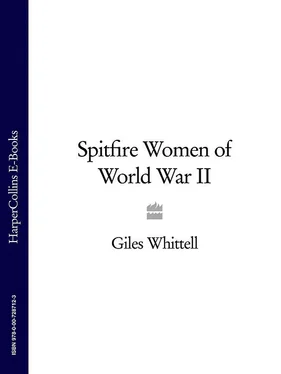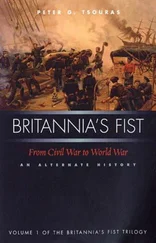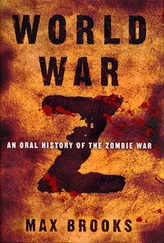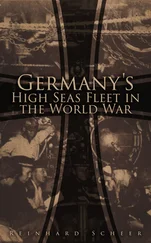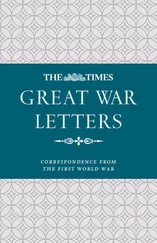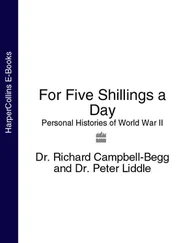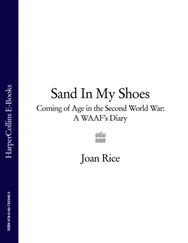Diana mourned Humphrey for many years, but not to the exclusion of pleasure or excitement or the company of other men. Life was too short – and too ethereal – for that, and the importance of filling every unforgiving minute with excitement was something on which all the early ATA women could agree. These included a willowy blonde ski champion called Audrey Sale-Barker (better known for most of her life as the Countess of Selkirk); the ice hockey international Mona Friedlander, whom the Fleet Street diarists quickly nicknamed ‘the Mayfair Minx’; and Lois Butler, wife of the chairman of the De Havilland Aircraft Company, and former captain of the Canadian women’s ski team.
Pauline Gower, who as Commander of the ATA women’s section was queen bee of British women pilots in the war, had first excelled as the perfect schoolgirl at the Convent of the Sacred Heart in Tunbridge Wells. She was the Mother Superior’s pet: bright, bouncy, diligent and fizzing with ideas. One of these, while still a teenager, was to follow her father into the Conservative party as an MP. But then an infection that required surgery almost killed her at seventeen, and permanently weakened her health. So she took up flying as ‘the perfect sedentary occupation’. Mary de Bunsen, who was seldom photographed without thick glasses and a furrowed brow, found it a thrilling distraction from ‘the ghastly importance of a good marriage’.
When these young ladies landed at stately homes and castles converted for use as Satellite Landing Grounds, they would often recognise the great lawns from weekend house parties. When they first flew Hurricanes, they celebrated with a sumptuous dinner at the Ecu de France in St James’s – for who knew what tomorrow would bring?
The weather was always the decisive factor. When the sun shone at White Waltham, and the great Flight Captain Frankie Francis set hearts aflutter by removing his shirt and flexing his muscles, and the spire of the Collegial Church of St John the Baptist at Shottesbrooke could be seen beyond the trees at the western end of the runway, that meant good flying weather; at least two miles’ visibility. The Shottesbrooke spire in plain view meant ferry chits at nine o’clock and long days in the air. It meant butterflies, because no good pilot ever assumed fog would not rear up out of a cloudless sky and grab her; but more than that it held the prospect of total gratification.
No women in Britain in the war were more admired for doing their bit – nor for their uniform – than those who flew with the ATA. But in doing so they partook of a very private pleasure. ‘Our happiness was almost indecently visible in time of trouble and distress,’ Mary de Bunsen fretted – unnecessarily. As Lettice Curtis knew, no-one ever saw these women at their happiest. To be airborne over the Pennines on a clear spring morning with a delivery to Colerne, Kirkbride or even Lossiemouth, jumping-off point for Scapa Flow and the murderous North Atlantic, was to be ‘blissfully cut off from the rest of the world’. Alone in the cockpit, ‘past and present would recede until existence became once more a pinpoint in time, concerned solely with the immediate present of gauges, weather, navigation and finding that next landmark’.
But when the cloud came down, so did the dreadful pall of death. Ferrying aircraft around well-defended Britain was, bizarrely, one of the most lethal activities on offer to either men or women in this war. Nearly one in ten of the ATA’s women pilots died. None of them ever fired a shot in anger because they flew unarmed, so they were sitting ducks should the Luftwaffe happen on them. They could also be shot at by friendly ack-ack units, ensnared by barrage balloons and, at any moment, ambushed by the weather. They flew without radio, and this was tightrope-walking without a safety net: no weather ‘actuals’, no check calls to the nearest RAF or met station, no radio beam to home in on.
Immediately in front of their joysticks, on Spitfires and almost every other class of aircraft used by the RAF, was the same six-instrument panel: air speed indicator, altimeter, gyro compass, attitude indicator, turn-and-slip gauge and artificial horizon. ATA pilots knew what each instrument did and they used them separately every time they flew. But in the alchemic business of saving their own lives by using these instruments together to work out where they were going when the gloom outside their canopies was thick as concrete – in blind flying – they had no formal training at all. They were told this was to discourage going ‘over the top’ of cloud and generally ugly weather; and they were told this despite the fact that getting down through generally ugly weather is what instrument flying is for. The real reason seems to have been to save time and money, and the cost would be in lives.
When the Shottesbrooke spire was lost in cloud ATA pilots were not obliged to fly, but they still did. Out of boredom, rivalry, the pressure to deliver aircraft, or sometimes needling from operations officers who were themselves being needled by a chain of command that stretched directly to the Ministry of Aircraft Production and Churchill, they flew in all weathers, convincing themselves that holes would open up and let them down through the great blankets of condensation that kept England so green. They also flew every type of aircraft produced by the Allies. There were nearly 200 of them, from lumbering amphibian Supermarine Walruses to high-altitude reconnaissance Spitfires; from Blenheims and Beaufighters to Mitchells and Mosquitoes, from unsinkable old Tiger Moths to half-baked experiments like the Airacobra, with a rear-mounted engine and a transmission shaft that spun furiously between the pilot’s legs.
What training the ATA pilots did have was thorough, and they were justly proud of it. It consisted of ground school in meteorology, map-reading, navigation and mechanics, with special classes on where to expect barrage balloons; then dual and solo flights in docile Moths to build confidence for the marginally faster Miles Magisters. In these, recruits were expected to complete no fewer than thirty long cross-country flights along fixed routes, intended to imprint on pilots’ minds a giant aerial picture of England, with particular attention paid to railway lines and Roman roads since these were often the best guides out of trouble. Finally, pilots were assigned to ferry pools for ‘Class I’ ferrying, of light, single-engined planes. For promotion to faster Class II machines and above, all the way up to Class V four-engined bombers, conversion courses were eventually offered at the RAF’s Central Flying School at Upavon in Wiltshire.
No training programme could familiarise every pilot with every type of plane in the sky. So they familiarised themselves, using a ring-bound set of handling notes prepared by Flight Engineer Bob Morgan of the British Overseas Airways Corporation. Twenty minutes with Morgan’s notes was usually enough to work out what made a Walrus different from a Wellington, but not always, especially if the Walrus had been shot up or marked down as unserviceable. The ATA would still fly it to the wrecker’s yard.
For combat pilots, the risks of flying varied from intense, in battle, to non-existent, on leave. For ferry pilots they were virtually constant. The weather never went away, and they (almost) never stopped flying. They worked thirteen days a fortnight and died steadily, on hillsides, in the Irish Sea, when their engines failed or blew up or their undercarriage refused to come down. The casualties’ names were posted on the ferry pool notice board every morning, and everyone knew the dead as well as it was possible to get to know someone who might be gone at any moment. One notice at White Waltham read:
Accident Report. 12 September 1942. Hurricane JS346. Prince Chirasakti.
Читать дальше
